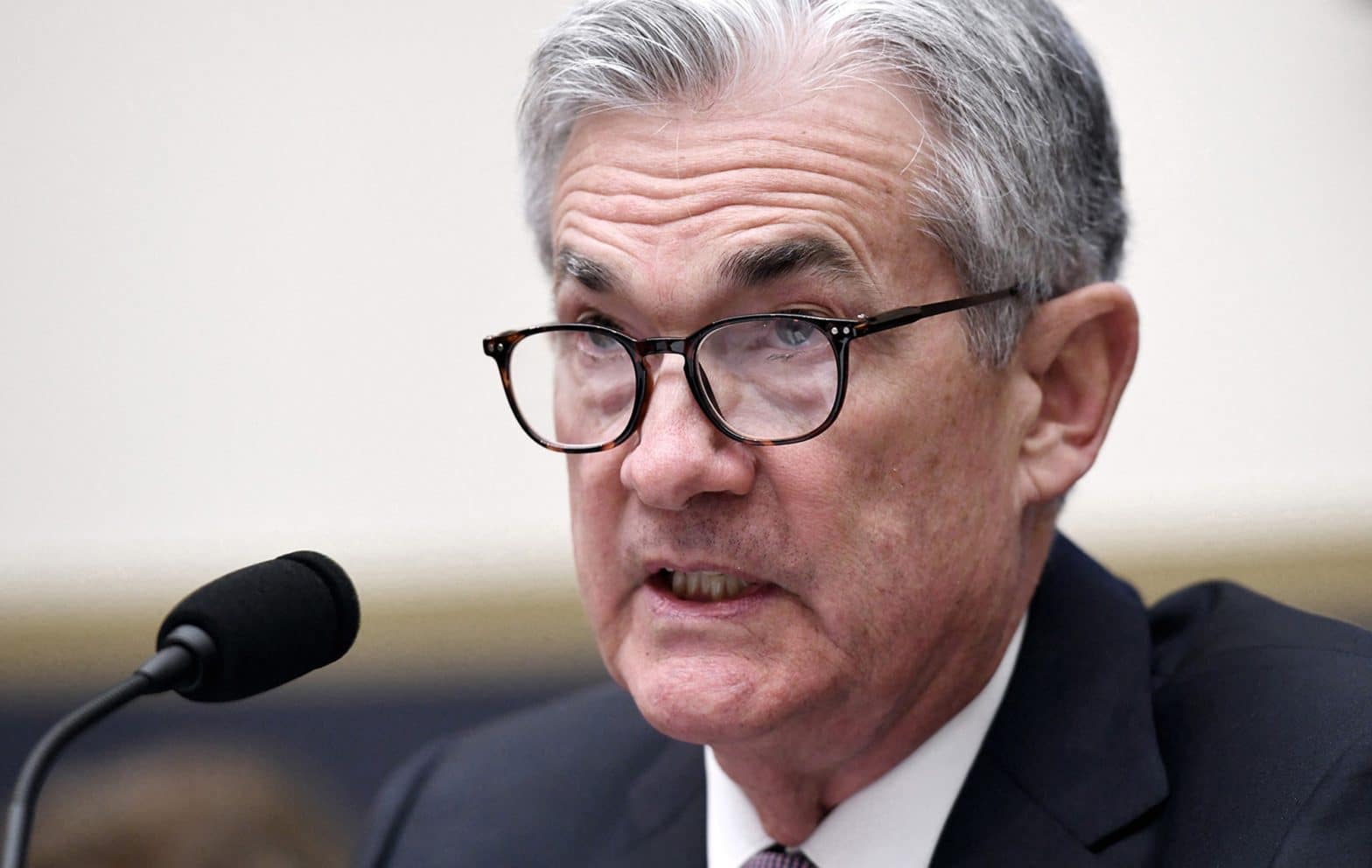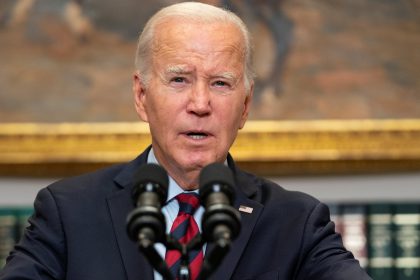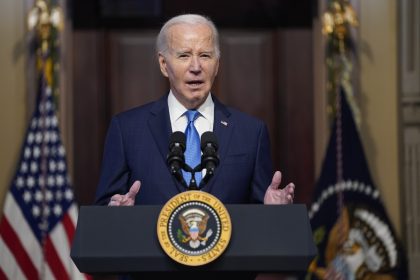Federal Reserve Foresees No Additional Interest Rate Hikes This Year

The Federal Reserve’s policymaking Federal Open Market Committee said Wednesday there will be no more interest rate hikes this year, baring a significant, unforeseen change in the economy.
The unanimous decision by the committee following its two-day meeting this week was widely expected, but it does represent a marked departure from the body’s consensus just four months ago.
In December the committee suggested there would be at least two rate hikes in 2019, after four increases in 2018. It also implied at that meeting that a third rate hike in 2019 was not out of the realm of possibility.
With Wednesday’s decision, the Federal Reserve will keep its benchmark fund rate in a range of between 2.25 percent and 2.5 percent.
The rate is used in determining interest on most adjustable-rate consumer debt, including credit cards, mortgages and home equity loans.
In the statement explaining its decision, the committee stated “recent indicators point to slower growth of household spending and business fixed investment in the first quarter,” but it also noted the labor market remains strong.
Inflation also has declined due largely to a drop in energy prices, the statement added.
The Federal Reserve forecast economic growth will top off at 2.1 percent this year, lower than its estimate of 2.3 percent in December. It also sees inflation reaching 1.8 percent this year, a 0.1 percentage point decline.
Despite the predictions of a slowdown in the economy during the second half of the year, Federal Reserve Chairman Jerome Powell said at a Wednesday afternoon news conference that “our outlook is a positive one.”
Powell stressed that the unemployment rate is still low, incomes are rising and surveys of consumers and businesses suggest that confidence in the economy remains.
The unemployment rate for this year is now seen at 3.7 percent, up 0.2 percentage points from December.
The market committee also announced Wednesday that the Fed’s program to reduce its bond holdings will end in six months.
In the wake of the 2008 global financial crisis, the Federal Reserve undertook three rounds of bond buying that helped provide liquidity to financial markets.
The program pushed the Fed’s balance sheet to $4.5 trillion, which it has sought to lower through a program that allowed proceeds from the bonds to come off its balance sheet each month.
Currently, it is allowing $30 billion in Treasury proceeds and $20 billion from mortgage-backed securities to come off, a process known as “quantitative easing,” while reinvesting the rest.
The committee said the amount for Treasury proceeds will drop to $15 billion in May.
Since October 2017, when the quantitative easing began, the Fed has reduced its bond holdings by about $450 billion.























